What are indicator species? Understanding nature’s detectives

Hello my dear Steemians,
This is the new account “Planetwild” by @stef1 and @myskye. This account is about collecting Steem for the PlanetWild project. That's why I'm going to post once a day. Everything we get together here (Steem, SBD, SP) goes to the project. Then let's see what we can do here...


When ecologists examine our natural world, they look at certain species, which can help them understand how healthy and abundant their ecosystem is. These are known as indicator species, and they provide scientists and conservationists with crucial information about the state of an ecosystem, and the processes within it.
These natural bioindicators are often examined to help conservationists monitor environmental changes and predict ecological shifts, which can help them be more proactive in protecting ecosystems from biodiversity loss and climate damage. In this article we will take a deep dive into indicator species, how they’re identified, and what examples you could look out for in your own backyard.
Understanding and monitoring ecosystem health is crucial to biodiversity conservation, and indicator species are nature’s way of letting us know when it’s in trouble. For a more scientific explanation, indicator species are a species, or group of species, that reflect the biotic or abiotic state of an environment. They reveal the possible evidence and impact of environmental change, and indicate the diversity of other species, taxa, or entire communities within an area.
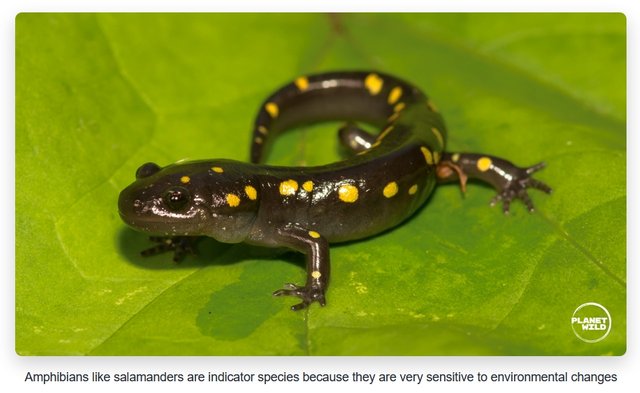
When an indicator species vanishes from an ecosystem, or its population moves or changes, it’s a sign that something is wrong. It could indicate a change in water or air quality, or the impact of a warming environment or the presence of pathogens (microorganisms, viruses, toxins, etc) and disease. When these changes occur, indicator species are the first to respond, either by leaving an ecosystem or by perishing. These changes alert conservationists to instability in the environment. Some indicator species are also keystone species.
Bioindicators tend to be identified based on research into a specific population, local abundance, and ecological significance and/or conservation status, or a combination of two or more of these reasons. Indicator species respond quickly to environmental changes, which means they are usually the first to be affected by rising temperatures, pollution levels, or changes in habitats. When scientists look into what makes an animal or organism an indicator species, they look for a population with large enough numbers and across a large enough area so that it’s easy to research. They should also reproduce quickly so that conservationists can assess whether their interventions are working or if they need to try a different approach to their efforts.
Around 50% of indicator species are animals, and 70% are invertebrates! These are creatures without a backbone such as starfish, earthworms, jellyfish, spiders, snails, etc. An indicator species can be any organism that is abundant and sensitive to changes in the environment. Here are several examples of bioindicators that help alert conservationists to our changing natural world.
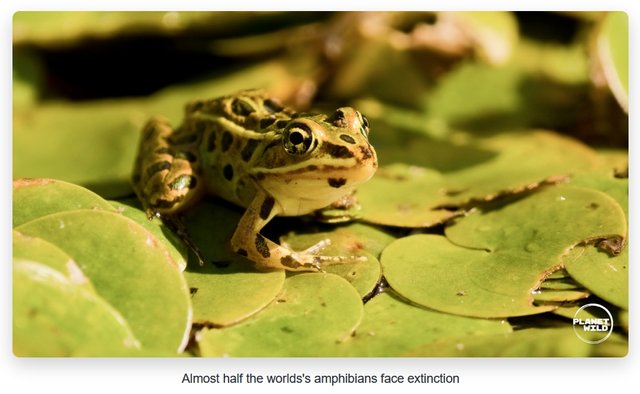
Amphibians like frogs, toads, and salamanders are particularly sensitive to environmental conditions and can't easily migrate to healthier ecosystems. They are also found all over the world in a number of different ecosystems and habitats, which is why it’s particularly troubling that 41% of amphibians are globally threatened with extinction. The disappearance of amphibians can indicate poor water quality or habitat degradation from human-induced factors such as deforestation, cultivation, grazing, and mowing.
Fly larvae, worms, and small crustaceans are all examples of what scientists call benthic macroinvertebrates. These tiny, spineless aquatic organisms can be seen with the human eye and help conservationists monitor water quality. This is done by tracking any changes in the number of individual species.
Benthic macroinvertebrates can be found everywhere except the worst polluted lakes, rivers, and aquatic habitats. This is because they are tolerant to many types of pollution. When there is more diversity of these creatures in a stream, for example, it can indicate good water quality. If the same stream contains only pollution-tolerant macroinvertebrates, it tells scientists that something is wrong. Their presence (or absence) can also signal environmental factors other than pollution, such a change in water currents or drought.
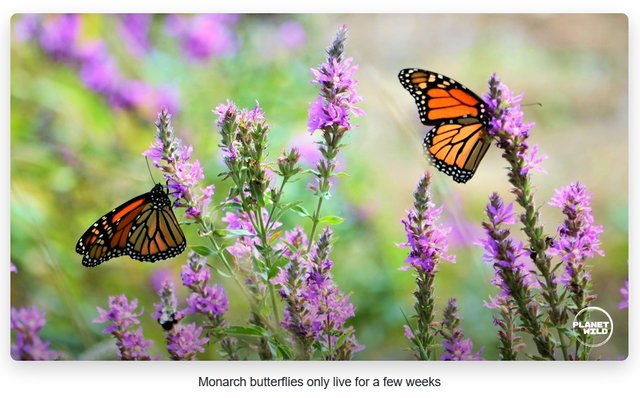
This strikingly beautiful and iconic butterfly has immense ecological value. Adult Monarch butterflies only live for around three to four weeks, and are particularly sensitive to environmental changes. Their short lifespan means that changes within and between the generations are more pronounced and can be monitored easily by ecologists. They also have an enormous range across the United States, migrating between northern America in summer to Mexico and California in winter. Unfortunately, Monarch butterfly populations have plummeted by 90% since the 1990s, which gives us a sobering picture of the ongoing impacts of climate change.
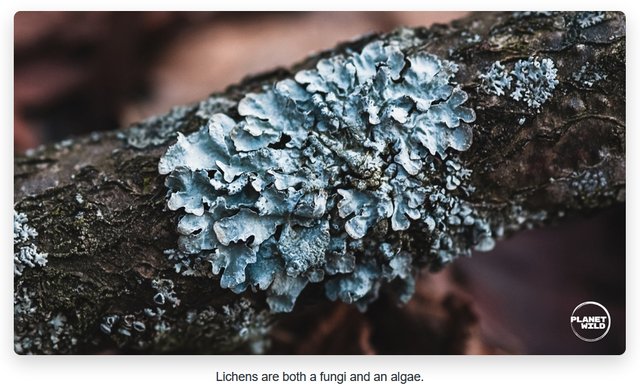
Lichens are complex organisms. They can usually be found on leafy trees or exposed rock. They are very important for filtering and trapping particulate matter from the air, and play a key role in creating cleaner, healthier air for us to breathe. They are particularly sensitive to nitrogen pollution, and when air quality is bad, lichens are some of the first to suffer. Scientists can monitor the amount of chlorophyll in lichen, and if it decreases, then we know that air pollution is present.
Certain species of owl—like the northern spotted owl or little owl—are indicator species. Northern spotted owls rely on the tree cavities and broken treetops of old-growth forests for nesting and hunting. They tend to expand their territory when less prey exists, and their population size decreases when fewer nesting sites are available. Conservationists can monitor northern spotted owls in forest habitats to determine pressure from developments, logging, and disease. In 1990, they were listed as a threatened species due to habitat loss.
Little owls are another owl species that has been identified as an indicator. When these owls are present, it’s a sign that their ecosystem is healthy enough to support their nests and food supply. This is why the Planet Wild team returned to rural Germany to give these owls a fighting chance of returning to this part of the country.




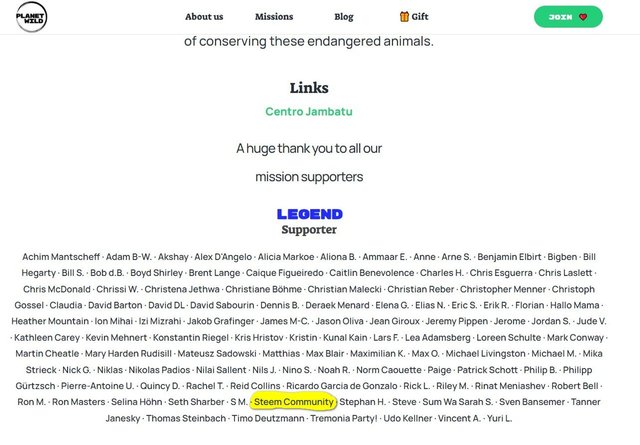
Interesting things to learn about! I'm glad you have brought this project to Steemit.
Nature is changing here in our corner of the world, too. One of the things I've noticed in just the last 10 years is the decline in the butterfly populations... not good.
It is nice to be a part of the supporting Sponsors of such project and know that we all can contribute!